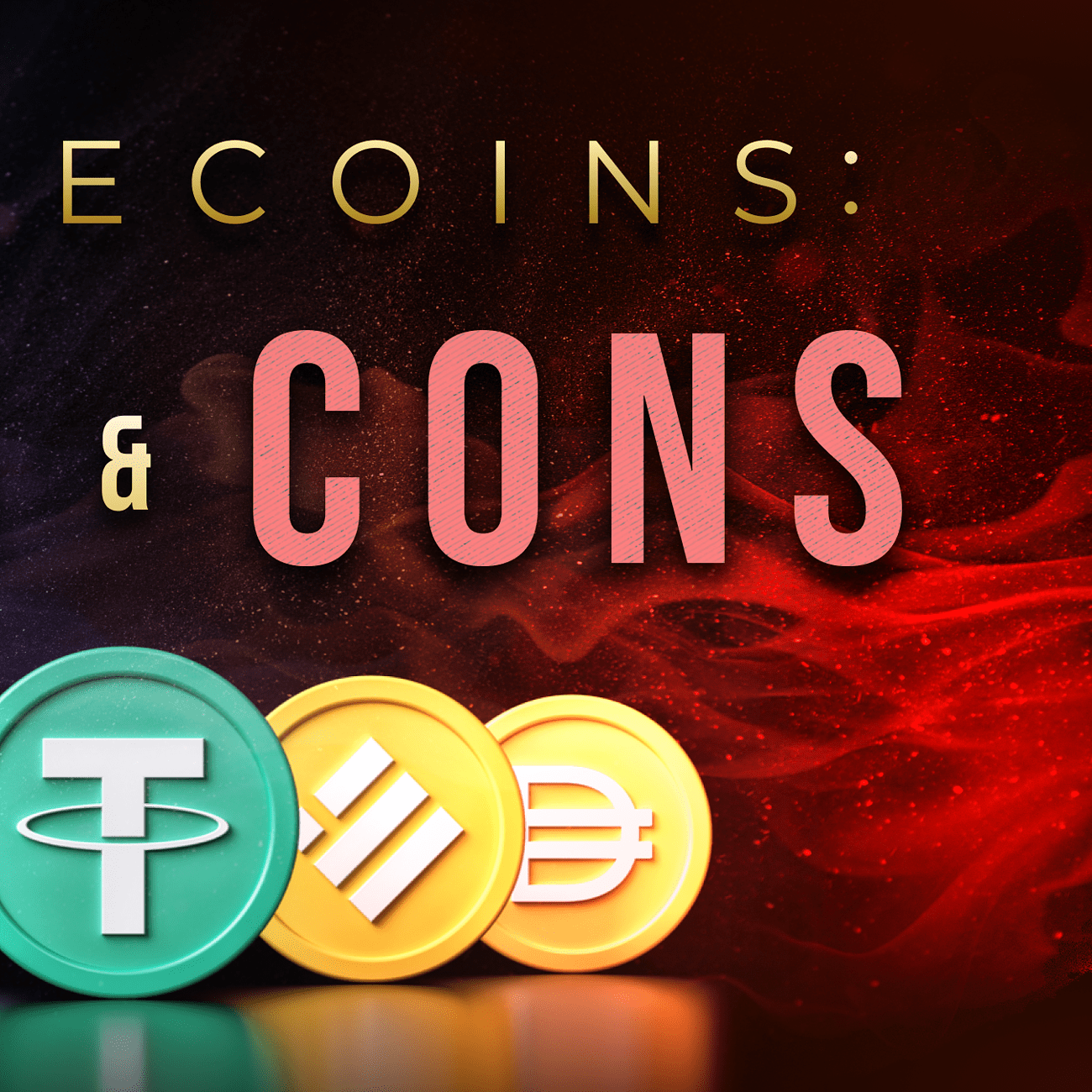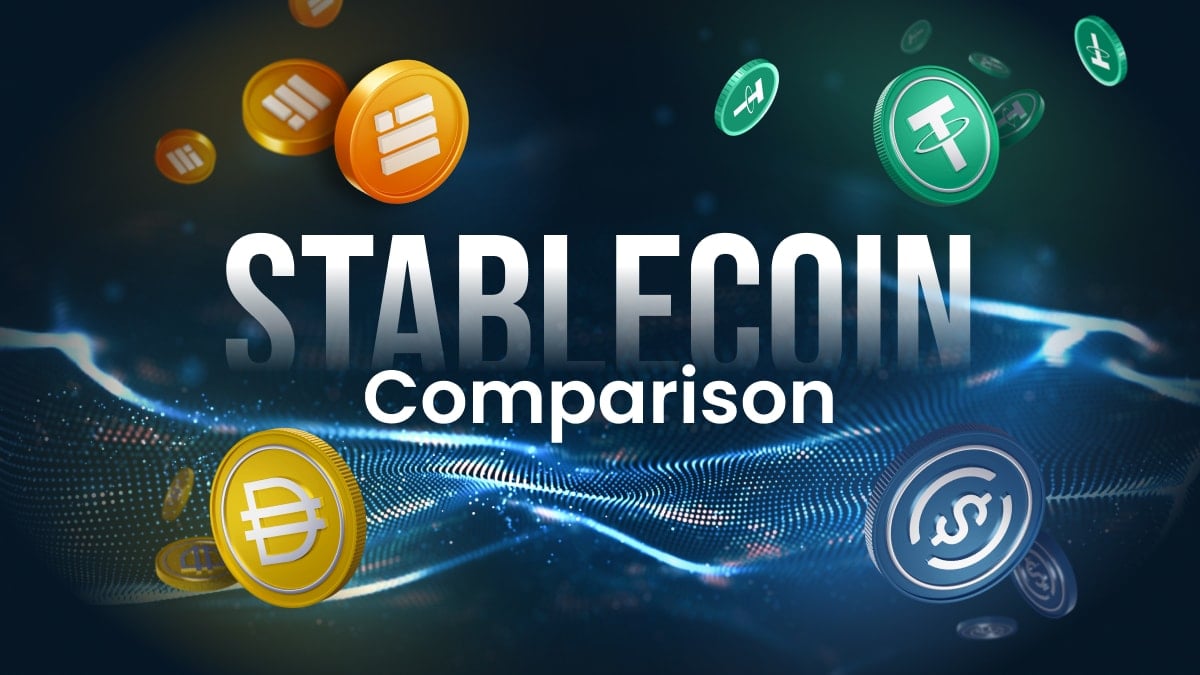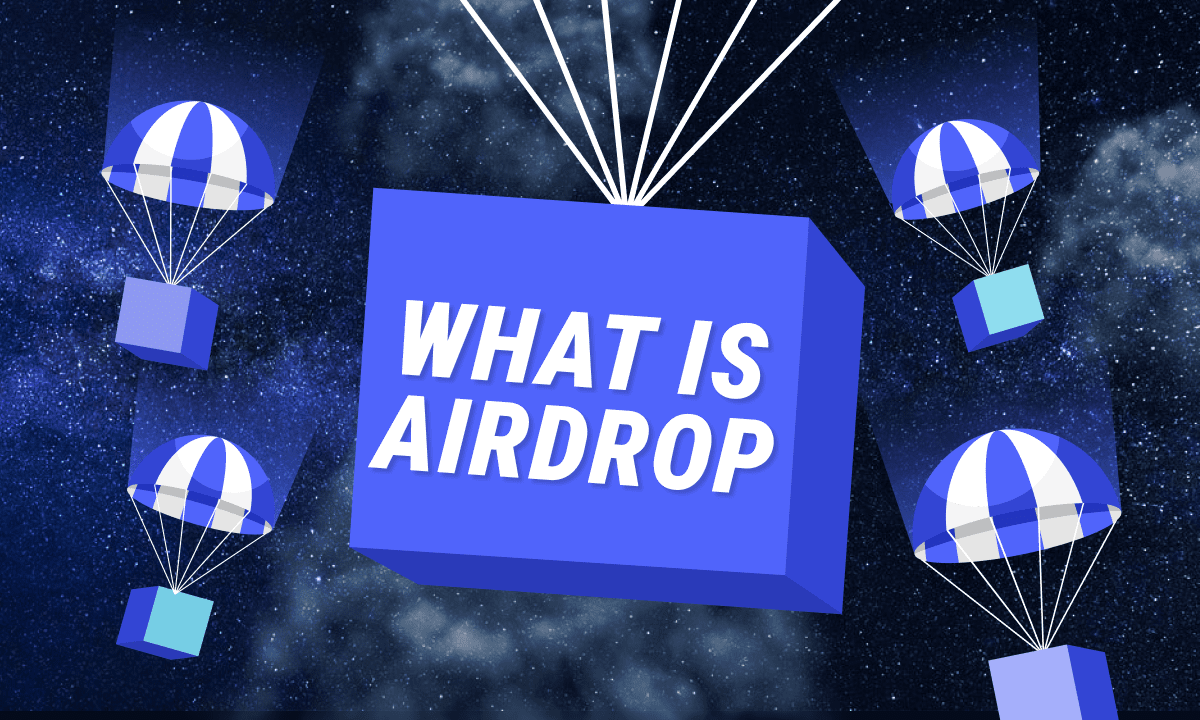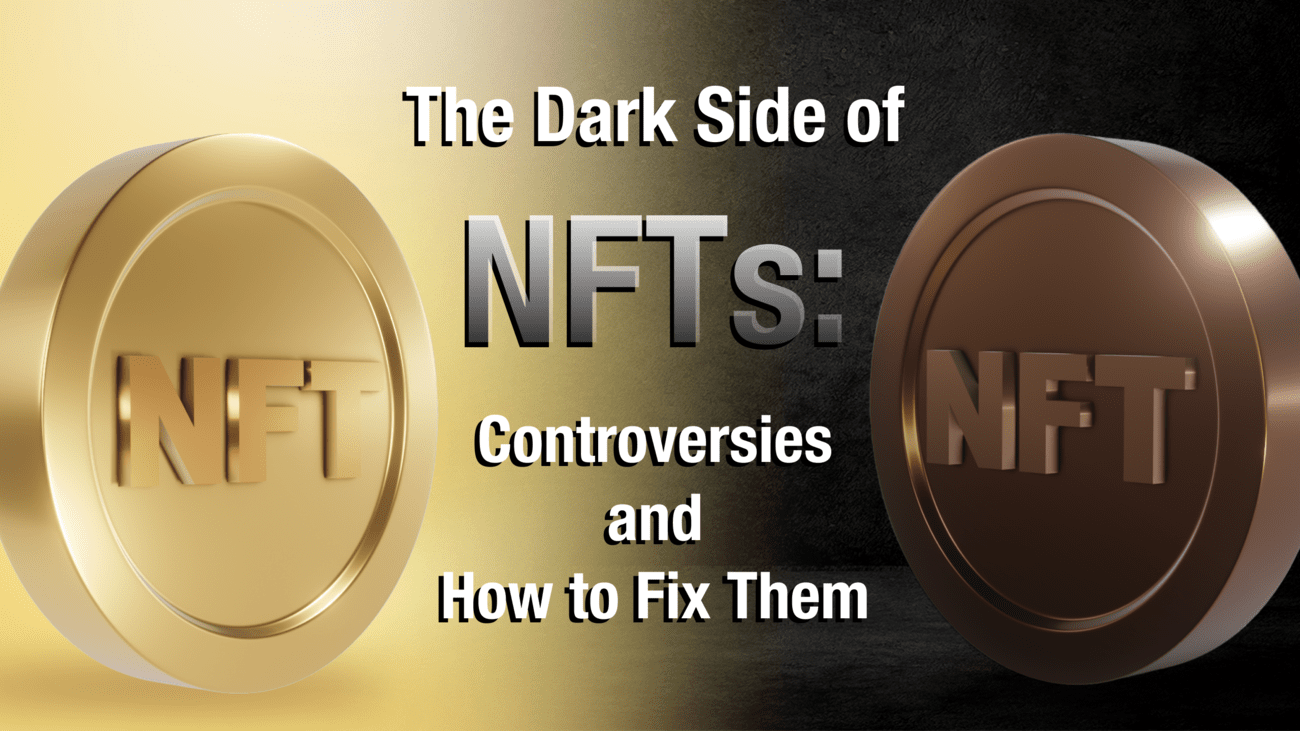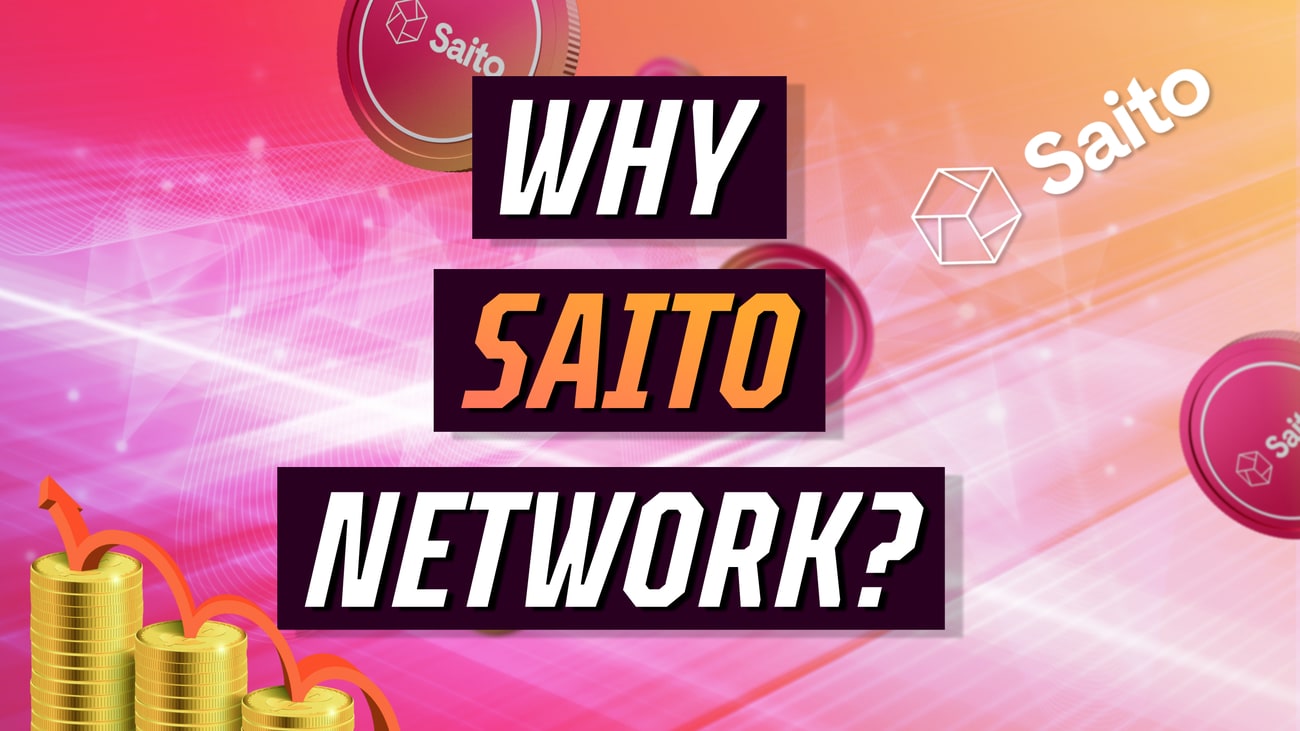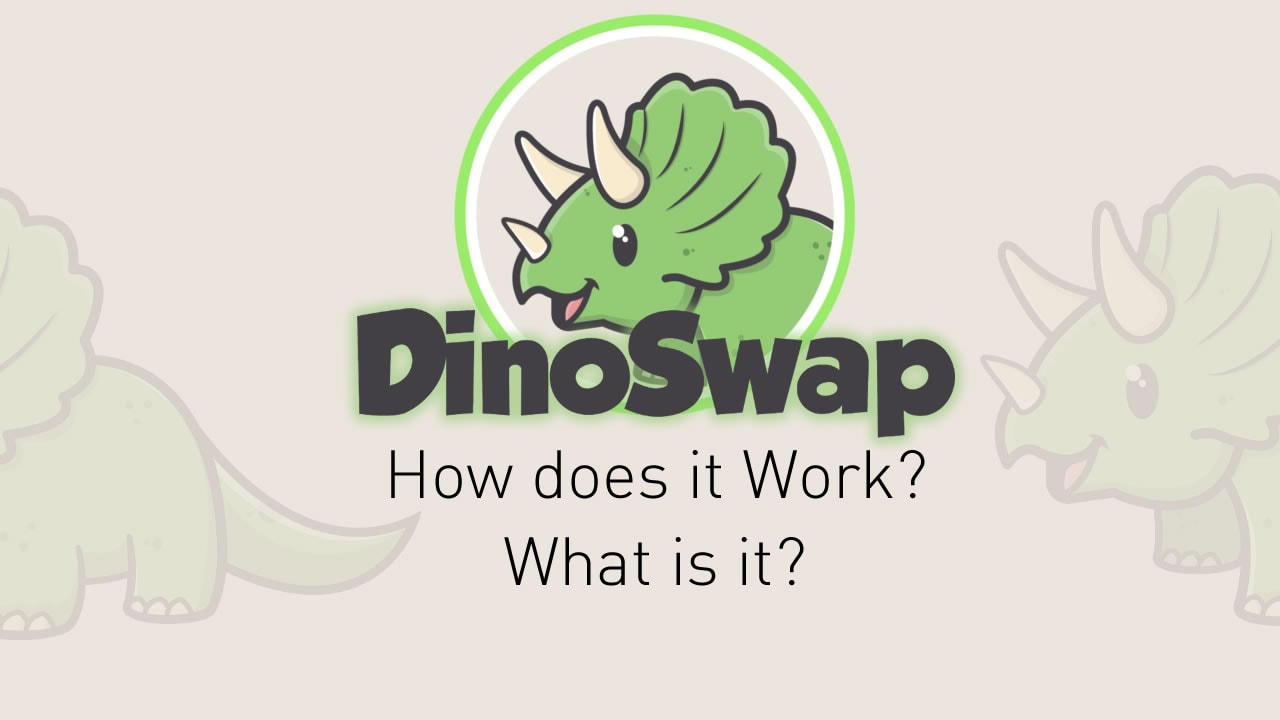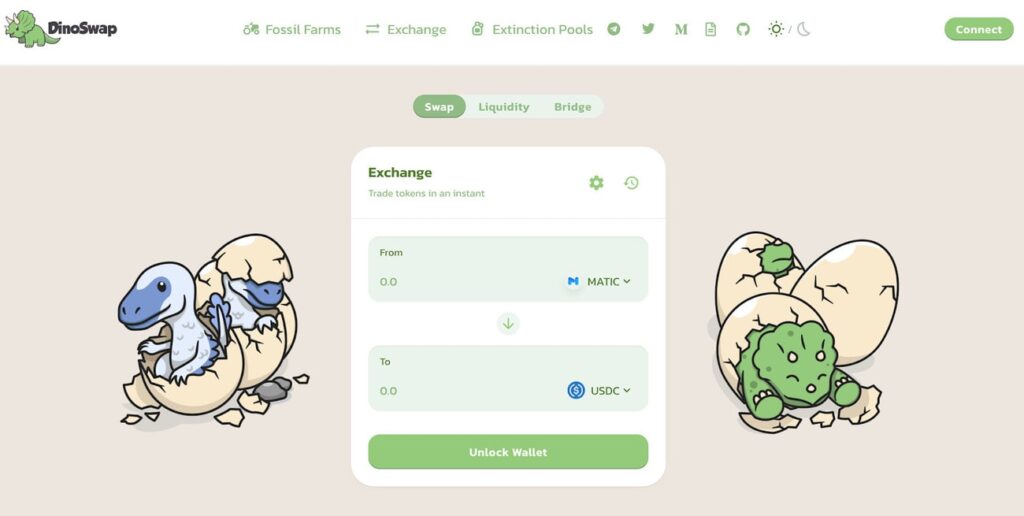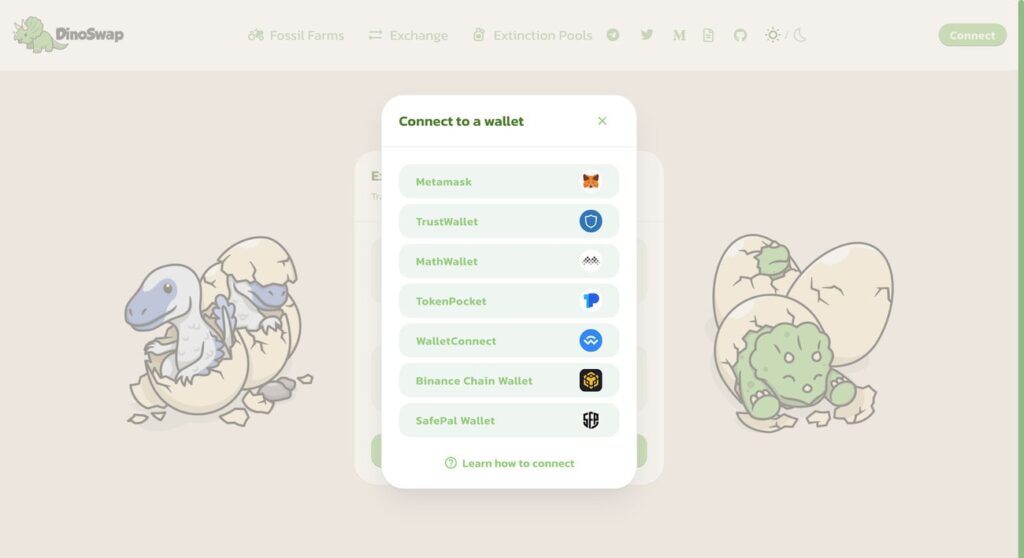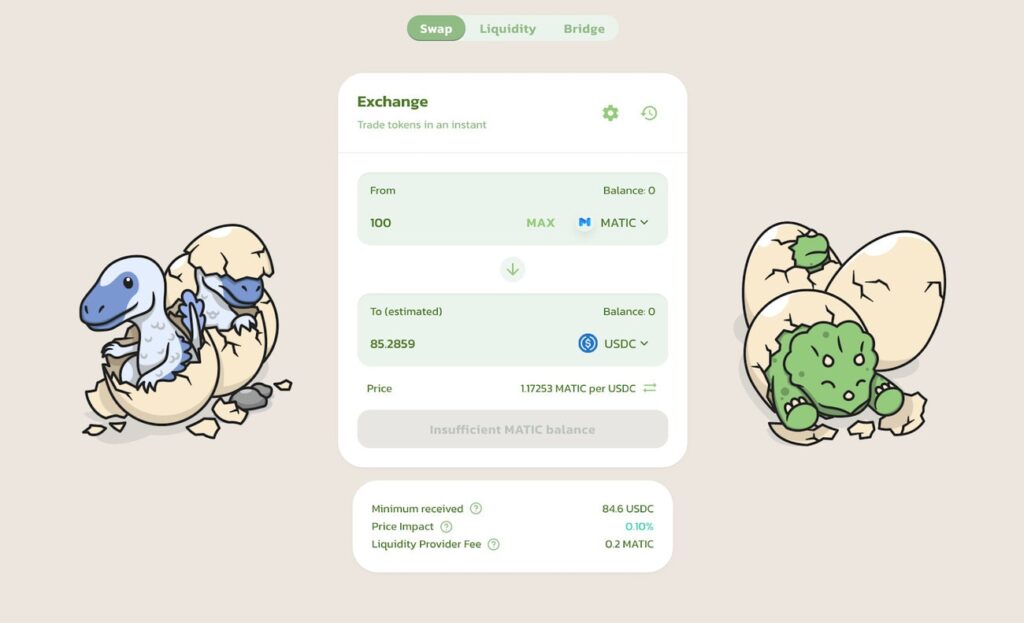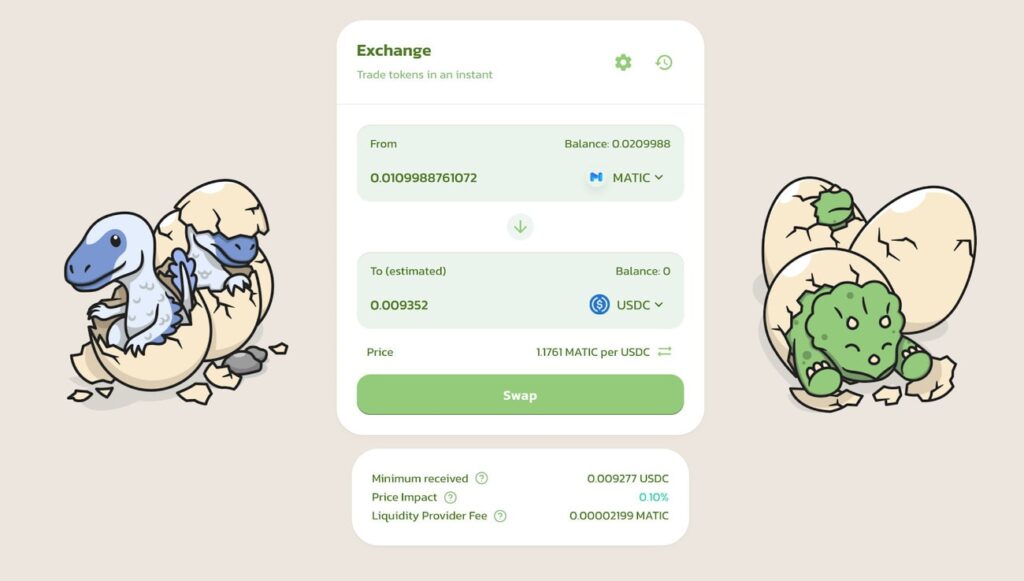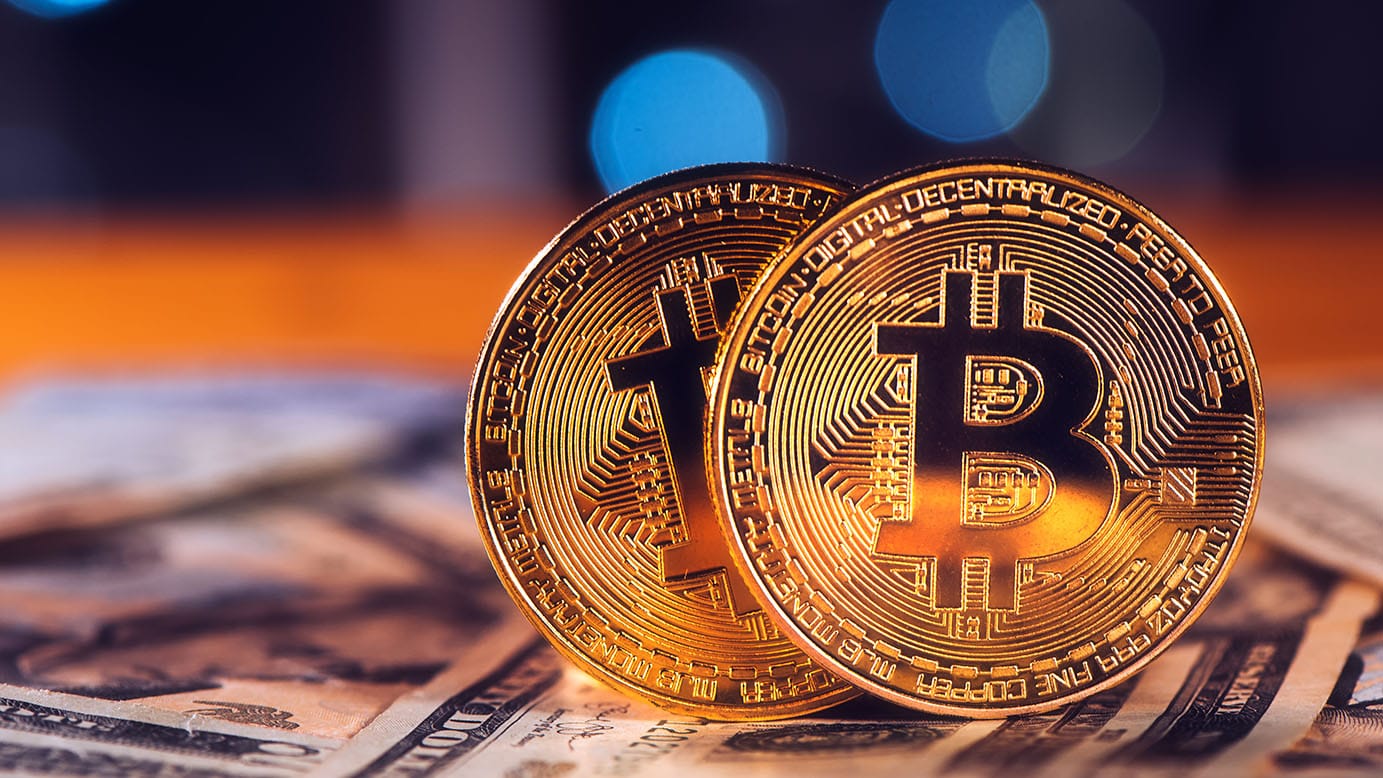The crypto market, together with stock markets and the global economy in general, have been experiencing a significant drawdown for the past 6 months, leading to a confluence of factors ranging from high inflation, rate hikes, supply chain issues, energy crisis, to geopolitical instability. This combination packs a powerful punch for any risk-on markets, such as stocks and crypto, forcing retail and institutional investors to exit their capital from markets during these uncertain times.
With Bitcoin currently at $20k, down 70% from its $69k ATH, and the total altcoin marketcap being down 72% from its ATH, it is hard to deny that we’ve entered a bear market. But one question remains – is this anything like the bear market of 2018 and will it last equally as long as the previous one? Let’s dissect the situation and understand if this time is truly different, or if this is just a small bump in the road before an accelerated bull market.
Check out our video comparing the crypto bear market now (2022) and in 2018- and more importantly, how to STILL make money during this downturn:
2018 Bear Market
2017 saw the first true mass influx of retail interest into the crypto space. Bitcoin saw a rapid increase in price, everyone’s friend and grandma were kickstarting their own ICOs to attract funds, and regular companies added the blockchain keyword to their names to increase their share prices. 2017 was the wild west, as there was even less regulation than currently, and the space was rife with opportunists spawning scam projects to extract money from ignorant first-time crypto investors.
But, as with any bubble, it eventually pops. The crypto space was heavily overheated, with investors throwing money at everything that moved, doing minimal to no due diligence, just to get on the crypto hype train. Come 2018, things were starting to cool down and people were beginning to feel the pain. In less than 6 months after the peak ICO craze, over 90% of all the projects were already dead, with many more to go down with them in the rest of the 18-month long bear market.
At the peak of the market, a lot of FUD (fear, uncertainty and doubt) was beginning to circulate. Fear of regulation due to the prevalence of scams, and with China/Korea considering banning cryptocurrencies, things were not looking great for the crypto space. Right around the peak of the market, the Chicago Mercantile Exchange (CME) launched their Bitcoin futures product, which allowed institutional investors to get their hands dirty with Bitcoin. And, naturally, they did just that. With all of the FUD circulating and the market waiting to release a lot of pressure, institutions began shorting the market, creating an enormous sell pressure that brought BTC down to $7k, which kept grinding down to $3k till mid-2019.
2022 Bear Market
After Covid-19 hit, the market experienced a tiny two-month recession. As everyone was locked inside, demand dropped and supply shrunk as well. But once central banks began printing more money to help businesses and people via stimulus checks, many found themselves with a lot of extra cash and no way to spend it, so they turned to investing. After the March crash, the rest of 2020 saw the crypto market boom, calling it the “DeFi summer”, with BTC increasing in price by 400% by the end of the year. After that, it just kept on going. 2021 was the year of the NFTs and Metaverse, i.e. GameFi, with numerous projects sprouting up to capture some of the value amid all the hype.
After reaching its peak in November 2021, the crypto market has kept on steadily grinding down. Those who had called the peak in November aptly understood that the markets were overheated, inflation was starting to get out of hand, and the only way for governments to keep that under control was to begin quantitative tightening through rate hikes. Unfortunately, many were still in denial about the onset of the bear market way into April, which has resulted in a lot of people holding bags that might or might not recover.
Now the path forward seems clear. The US Federal Reserve’s hawkish monetary policy is causing markets a lot of necessary and unavoidable pain. Because the money printing since Covid-19 has been at such an unprecedented level, the Fed is finding it hard to slow down the inflation without causing a lot of damage. The result currently is a looming recession at the same time as inflation is still running rampant and driving up the prices of everything, all the while people’s incomes are stagnating and their expenses increasing.
When is the Next Bull Cycle?
At the moment, there are no clear signs of central banks reeling in their hawkish monetary policies. It might possibly take at least several months if not until the end of the year for the dust to settle, the bottom to come in, and for us to be ready for the next bull cycle once the Fed eases monetary restrictions. Continued geopolitical turbulence aside, the next bull cycle will certainly come, but it’s difficult to say what will be the narratives driving the rapid market expansion this time.
The two most touted bull market catalysts are the long-awaited Bitcoin spot ETF and the Ethereum Merge, which will cause the Ethereum network to transition from its wasteful Proof-of-Work mechanism to Proof-of-Stake. However, as is common in life and in markets, the most obvious things tend not to be the ones to catalyze huge changes. Markets are irrational, and a confluence of new narratives that will be born only in 6 months might very well end up triggering the next bull run.
How to Still Make Money During the Crypto Bear Market?
With great pain come great opportunities, and this bear market is no exception. This is the time for learning, accumulating, and paying attention to the market. In our latest video about the current bear market, we outline a few strategies that you can use as an investor to maximize upside potential come next bull run:
1) Dollar cost averaging (DCA) into your investments – instead of trying to catch the generational bottom and investing your whole capital in one go, better invest 20% of your capital at a time during a longer time period, so that way you are more likely to get a great average entry price and reap the profits in the future.
2) Doing lots of research – fundamental analysis of projects is the best way to ensure you invest in projects that have a real potential, and this is the time to be doing just that. Many projects will die during this bear market, so it’s important to source trustworthy information and be critical of everything in order to position yourself properly during the next stage of growth.
3) Diversify your portfolio – as we’ve seen in the past months, there’s no such thing as too big to fail in the crypto space. Instead of going all-in on one project, spreading risk across several projects will ensure your capital is better protected from a few bad investments.
4) Shorting the market – this should not be practiced by anyone who doesn’t have experience trading, as without proper risk management things can get pretty ugly very fast. During a downtrend, a way to make money is by shorting an asset, which essentially means you’re betting on an asset to go down in value.
Of course, none of this is financial advice, and we implore our readers to do their own research and never invest more than they are willing to lose. It’s a highly volatile market and not for the faint of heart.


